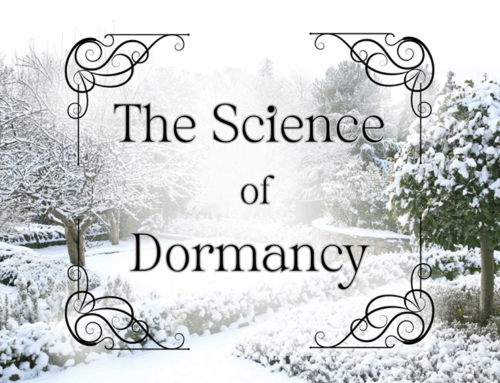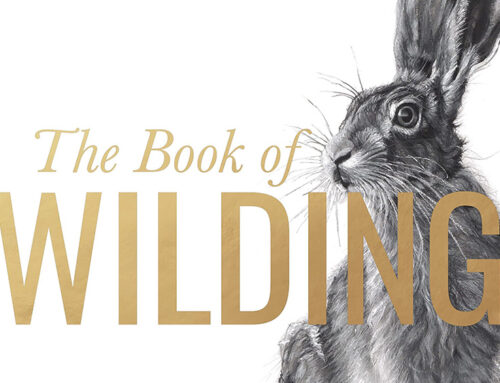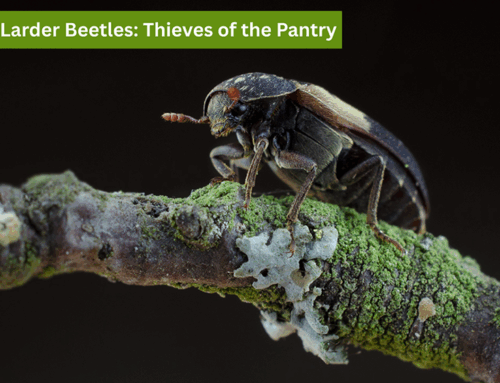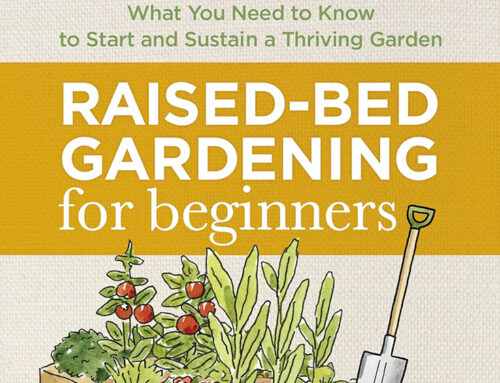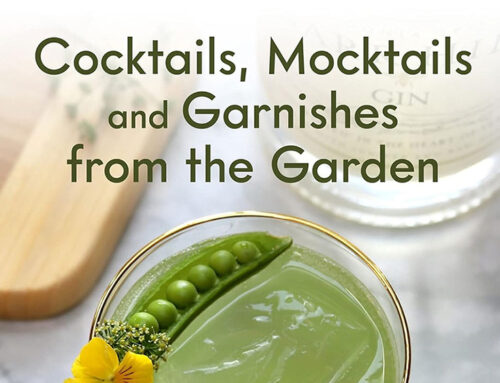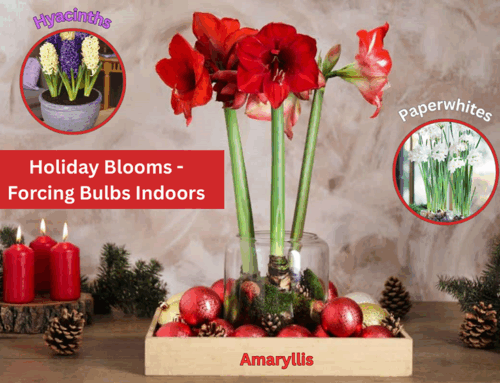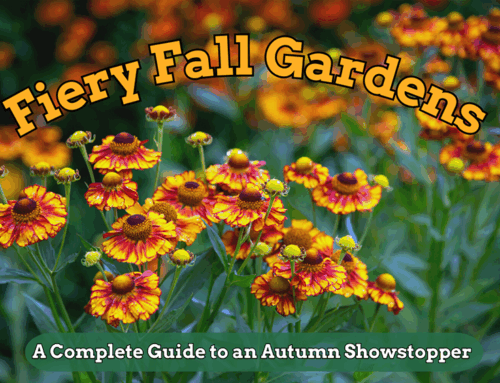May Gardening Chores
by Brett Kerley
As the frost loosens its grip and spring takes hold, May marks a pivotal month for Edmonton gardeners. The prairie sun stretches longer across the sky, the soil warms, and nature bursts to life. This is the month where preparation meets action — your garden is calling, and there’s plenty to do.
Whether you’re working a backyard vegetable patch, nurturing a perennial bed, or gardening on a sunny balcony, May is all about timing, protection, and planning ahead. Here’s a breakdown of the May gardening chores in Edmonton’s Zone 3 climate.
Soil Preparation & Amendment
Before planting, check your soil’s texture and fertility. Edmonton’s native soil often needs amendments, especially in new developments with clay-heavy or disturbed soils.
- Add compost to improve drainage, fertility, and microbial activity.
- Incorporate well-rotted manure or peat moss for organic richness.
- Consider a soil test kit to check pH and nutrient levels — ideal for serious food growers.
Rake up remaining leaves, dead grass, and winter debris. Aerate compacted soil with a garden fork or manual aerator, especially in high-traffic or clay-heavy areas.
Lawn Care
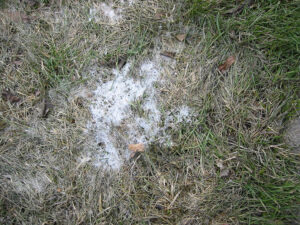
Snow Mould on Lawn
In early May, rake thoroughly to remove any remaining snow mold and dead grass. I’d advise wearing a N95 mask just to prevent any spores affecting you, at least until we have one good rainstorm to wash the spores away. Overseed bare patches with a hardy northern grass seed mix and apply a slow-release, nitrogen-rich fertilizer.
By mid-to-late May, begin regular mowing, but cut no shorter than 2.5 inches to encourage healthy roots. Topdress with compost to improve soil structure and nutrient retention.
Pruning in May
May is one of the best months to assess winter damage and shape up your plants, but not everything should be pruned right now. Understanding when and why to prune can make the difference between abundant flowers and disappointing growth.
What You Can and Should Prune in May
Dead, Damaged, or Diseased Wood
- Always remove branches that are broken, blackened, brittle, or show signs of disease. These won’t recover and can invite pests or rot.
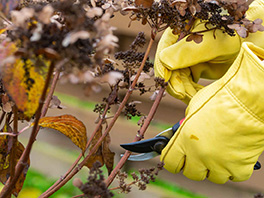
Pruning Hydrangeas
Shrubs That Bloom on New Wood
These produce flowers on this season’s growth, so pruning in May won’t reduce blooms.
- Annabelle hydrangeas (Hydrangea arborescens) & Panicle hydrangeas (Hydrangea paniculata)
- Potentilla
- Spirea (some varieties)
Roses
Prune hybrid teas, floribundas, and shrub roses once you see new buds breaking. Cut back winter-damaged canes to just above a healthy outward-facing bud. Remove weak, spindly stems and anything crossing in the center. It opens the plant to airflow and focuses energy on strong stems.
Perennials with Winter Dieback
Cut back last year’s dead stems on echinacea, rudbeckia, bee balm, and ornamental grasses. Wait until insects overwintering in the stalks have emerged — typically by early May.
Clematis — Type 3 (late bloomers)
These bloom on new wood and should be cut back to about 12–18″ from the ground. It encourages full, lush growth and lots of blooms in late summer.
What You Should Not Prune in May (Yet or At All)
Spring-Blooming Shrubs That Bloom on Old Wood
These already have flower buds formed from last year, and pruning now removes them. Avoid pruning these until after they finish flowering:
- Lilacs
- Forsythia
- Mock orange
- Ninebark (if you want to keep natural form and flowers)
- Flowering almonds Why not? Pruning now = no blooms this spring.
Evergreens (Spruce, Pine, Juniper, Cedar)
Don’t shear or shape evergreens until the end of May or June, once new growth (“candles”) has emerged. Early cuts may damage buds or cause weird, uneven growth. Candling is a better method for pines — pinch new growth to control size without harming the plant.
Clematis — Type 1 or 2 (early bloomers)
These bloom on old wood and should not be pruned until after they flower (if at all). How to tell? If your clematis blooms in May or June — leave it alone for now.
Trees with Heavy Sap Flow
Avoid pruning maples, birches, and walnuts in early spring, as they bleed sap heavily. Wait until late summer or early fall when sap pressure is lower.
May is a Great Month for…
- Shaping hedges and foundation shrubs (like cotoneaster or barberry) after new growth appears
- Training espaliered fruit trees or vines
- Removing suckers and water sprouts from the base and trunk of trees
- Divide and transplant perennials like peonies, hostas, daylilies, and irises. Water deeply after transplanting and mulch to conserve moisture.
Did you know that the EHS has a Perennial Exchange twice a year? May and September you can bring in your plants for other gardeners to have and take another one home that you’ve been wanting to try! For more details see our Perennial Exchange page.
Vegetable Gardening
In early May, the risk of frost still lingers. Begin hardening off indoor seedlings by gradually exposing them to outdoor conditions over a week or more.
Cold-tolerant crops (e.g. spinach, kale, peas, onions, carrots, and radishes) can go into the ground or raised beds. Use row covers or cold frames to protect these from cold snaps.
After the May long weekend — traditionally considered frost-safe in Edmonton — begin direct-seeding or transplanting heartier crops like potatoes, beets, cabbage, broccoli, and cauliflower.
Toward the end of the month, hardened-off warm-weather crops like tomatoes, peppers, squash, cucumbers, corn, and beans can finally be planted. These plants need soil temperatures above 10°C. Black mulch, plastic sheets, or cloches can help warm the soil quickly.
Flower Beds & Containers
Wait until after the last frost to plant frost-tender annuals like petunias, marigolds, and zinnias. Harden off greenhouse-grown bedding plants before transplanting them into outdoor beds.
For container gardens and hanging baskets, use a high-quality potting mix (see how to mix your own here) and ensure good drainage. Fertilize with a balanced slow-release formula or supplement regularly with a water-soluble fertilizer for lush blooms.
Balcony & Apartment Gardening
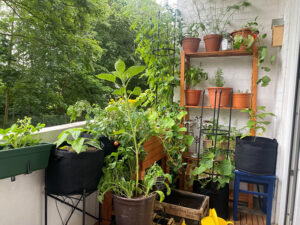
Balcony planting
Even without a yard, you can grow a surprising amount on a sunny balcony or patio. May is the perfect time to get started.
- Choose containers with good drainage and consider self-watering planters for hot, south-facing balconies.
- Use a lightweight potting mix designed for containers.
- Start with cool-weather herbs and greens: parsley, chives, lettuce, spinach, and kale all thrive early in the month.
- After the May long weekend, add heat-lovers like cherry tomatoes, basil, dwarf peppers, and zucchini (bush varieties work best).
- If space is tight, try vertical planters, hanging baskets, or window boxes attached to railings.
- Use wind protection on higher floors — clear plastic panels, lattice, or even tall companion plants can help shelter delicate leaves.
- Check soil moisture daily. Containers dry out fast, especially in sun and wind. A watering can with a long spout is your best friend.
Apartment gardening is especially rewarding — you can harvest fresh greens just steps from your kitchen and turn even a small balcony into a green oasis.
Mulching & Weed Control
Apply 2–3 inches of mulch (shredded bark, straw, or compost) around trees, shrubs, and in garden beds. Mulching helps retain soil moisture, suppress weeds, and regulate soil temperature.
Start hand-pulling weeds now while they’re young and manageable. Keep an eye out for aggressive spreaders like quackgrass and dandelions before they go to seed.
Monitoring for Pests & Diseases
Inspect your plants daily. Keep watch for early signs of aphids, flea beetles, slugs, and cutworms. Early intervention is key — consider using row covers, diatomaceous earth, or planting insect-repelling companions like marigolds and basil. Inspect lilies for the dreaded scarlet lily beetle.
Remove last year’s plant debris to reduce overwintering pest populations and fungal spores.
Watering System Check
Now’s the time to reassemble and inspect any irrigation systems. Look for leaks, clogged emitters, and kinks in hoses. Clean and reinstall rain barrels to make the most of rainfall this season. Water deeply and infrequently to promote deep root systems. Morning watering is best to reduce evaporation and fungal issues.
Be Patient with Perennials
Edmonton’s spring can be slow and erratic. Some perennials and shrubs wake up late, especially after a harsh winter. Don’t assume something is dead until mid-to-late May — many plants will surprise you with a late comeback once the soil warms and the rains arrive.
Final Thoughts
May in Edmonton is one of the most exciting times to be a gardener. It’s a month of anticipation, cautious optimism, and rewarding labor. Every seed sown and bed weeded brings you closer to lush summer blooms and full harvest baskets. Whether you’re nurturing garden beds, growing food in containers, or creating a cozy balcony jungle, your May gardening chores lay the groundwork for a thriving, beautiful season ahead.
If you’re not sunburnt and frostbitten in the same week, is it even spring in Alberta? 😎🥶
Happy gardening everyone!



